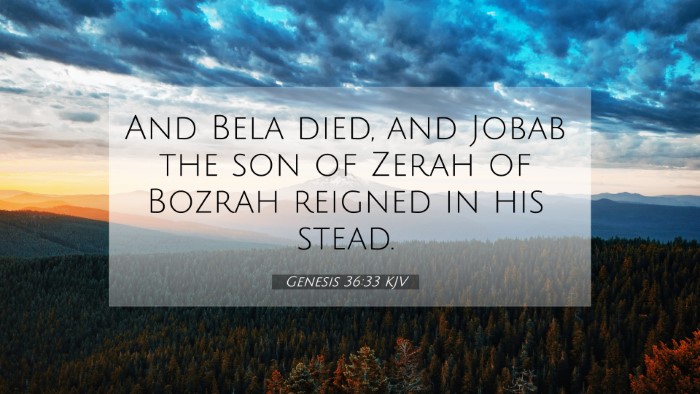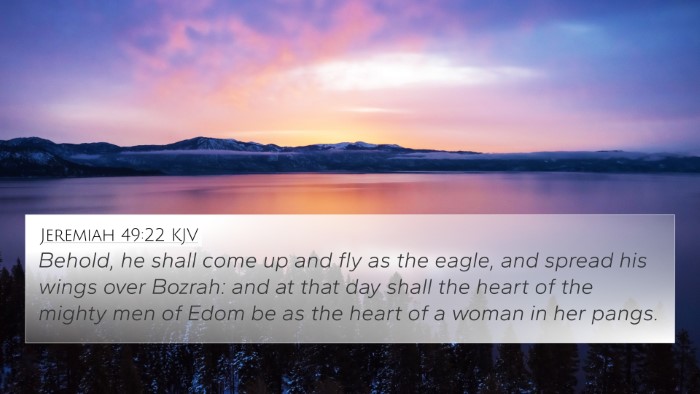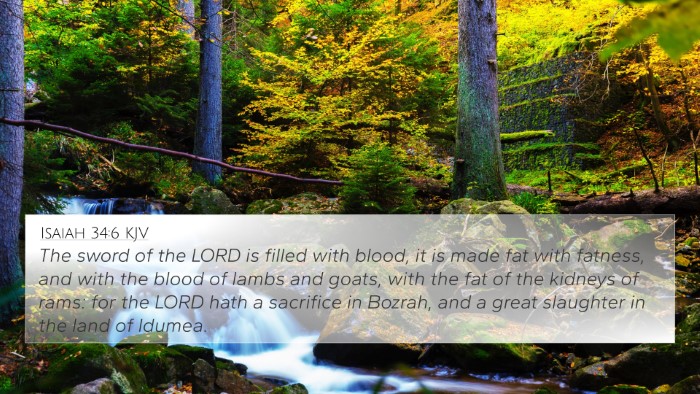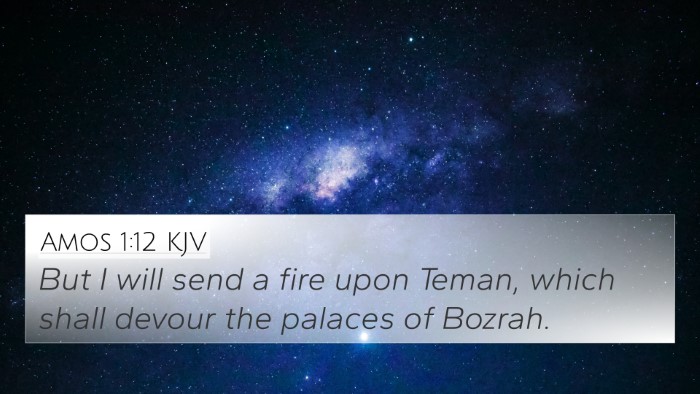Understanding Genesis 36:33
Genesis 36:33 states, “Bela the son of Beor reigned in Edom; and the name of his city was Dinhabah.” This verse provides a glimpse into the genealogy and historical context of the descendants of Esau, specifically focusing on the lineage of the Edomites. Through this verse, we can explore the significance of Edom's kingship and its implications for the biblical narrative.
Commentaries on Genesis 36:33
Matthew Henry's Commentary
Henry emphasizes the importance of tracing the families and nations that emerged from Esau, noting that the mention of Bela demonstrates God's sovereign choice, even in less celebrated lineages. He points out that the Edomite kings, though not part of the covenant people, played significant roles in the history surrounding Israel.
Albert Barnes' Commentary
Barnes observes that Bela, being a monarch of Edom, signifies the early establishment of governance in the region. He highlights how this historical account contributes to understanding the geopolitical landscape during the time of the patriarchs, particularly concerning the interactions between Israel and Edom.
Adam Clarke's Commentary
Clarke adds that the city of Dinhabah might signify a place of importance in Edom, reflecting the civilization's advancement. He connects the mention of Bela and his city to broader themes of leadership and governance in biblical narratives, noting that such details are often overlooked but crucial for understanding the socio-political structures of the time.
Thematic Connections
Genesis 36:33 does not exist in isolation; it is interconnected with various themes and other scripture passages that enhance our understanding of its significance:
- Genesis 25:30: The identity of Esau and the birth of nations.
This verse relates directly to the idea of descendants who would later form kingdoms, including Edom.
- Numbers 20:14-21: The relationship between Israel and Edom.
These verses illustrate the contentious interactions between the two nations stemming from their ancestral lines.
- 1 Samuel 14:47: The reign of Saul and the kingdom of Edom.
This text provides insights into the political dynamics and conflict between Edomites and Israelites.
- Obadiah 1:1-21: God's judgment on Edom.
This prophetic book gives a detailed account of the implications of Edom’s actions toward Israel, indicating the long-standing relationship and conflict.
- Matthew 2:16: Herod’s plot involving the descendants of Esau.
This connects the ancient rivalry to New Testament themes of power and legacy.
- Isaiah 34:5-6: The fate of Edom in prophecy.
It underscores the enduring presence of Edom in biblical prophecy and its eventual downfall.
- Hebrews 12:16-17: Warning against being like Esau.
This verse reminds us of the spiritual implications tied to Esau’s lineage and choices.
Cross-Referencing Biblical Texts
Genesis 36:33 invites readers to engage in scriptural cross-referencing, enhancing our understanding of the connections between various texts. Cross-references provide a rich tapestry of themes related to heritage and identity, governance, and divine providence.
For effective Bible study and deeper insight, consider using a bible cross-reference guide or a bible concordance. These tools reveal the interconnections between scripture, offering a more comprehensive understanding of biblical themes and narratives.
Practical Application
The lesson derived from Genesis 36:33 is not solely academic. It encourages believers to contemplate how their ancestry affects their identity in Christ and how God’s sovereignty weaves through every lineage and story. Just as God had a plan for the descendants of Esau, believers can trust that He has a plan for their lives as well, regardless of their background.
Conclusion
Genesis 36:33 offers a crucial insight into the history of Edom and its kings. Through this verse, we can engage in a deeper biblical analysis and explore thematic connections across Scripture, encouraging further study and reflection on the intricate tapestry of biblical history. The story of Bela and Dinhabah invites us to look beyond singular figures and see the broader implications of God’s unfolding plan through nations and generations.








